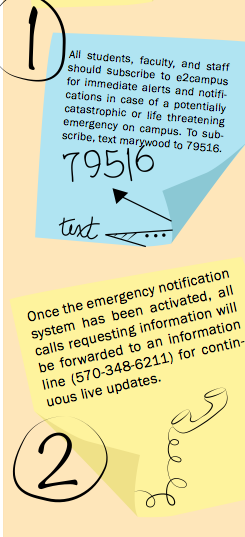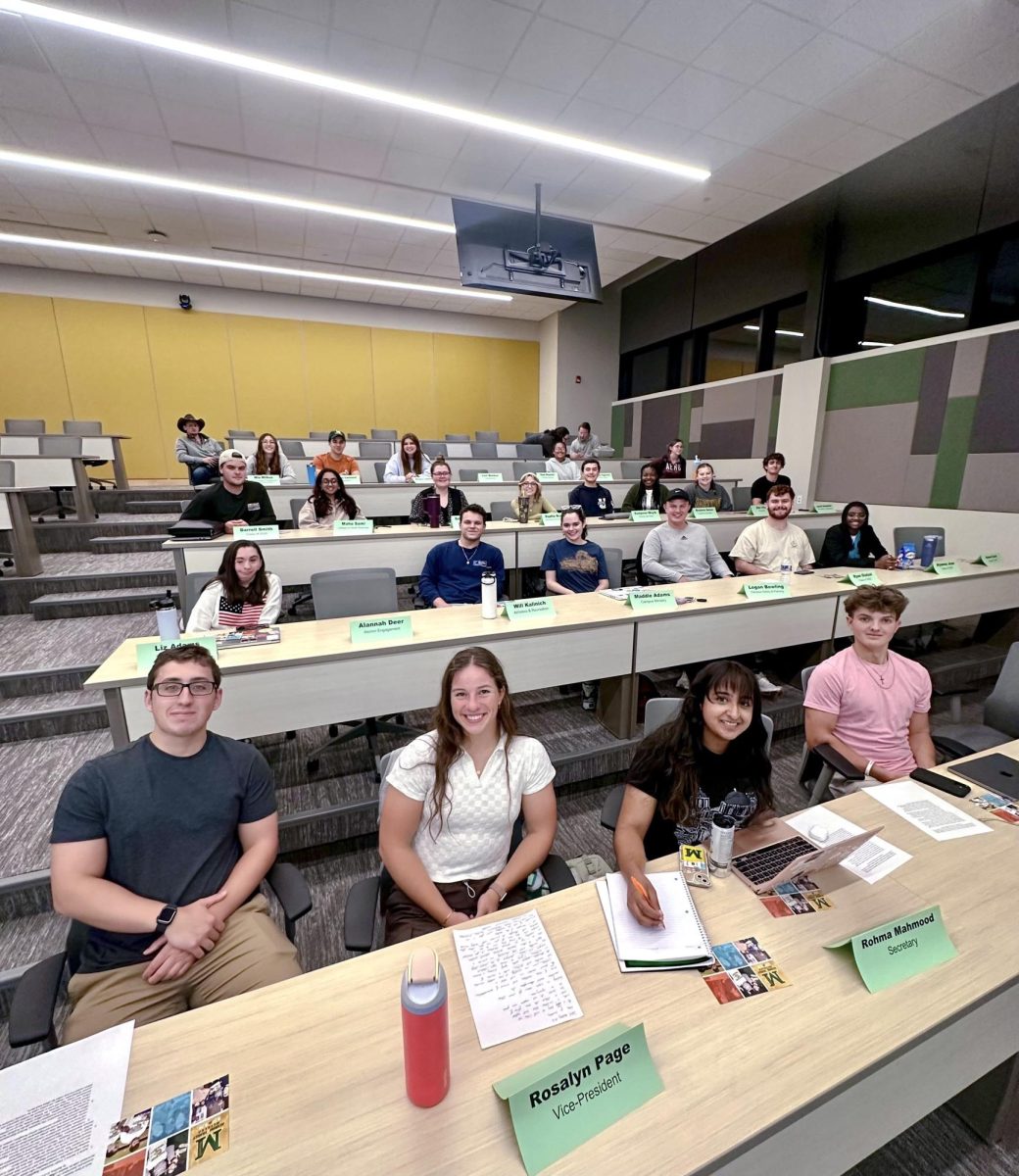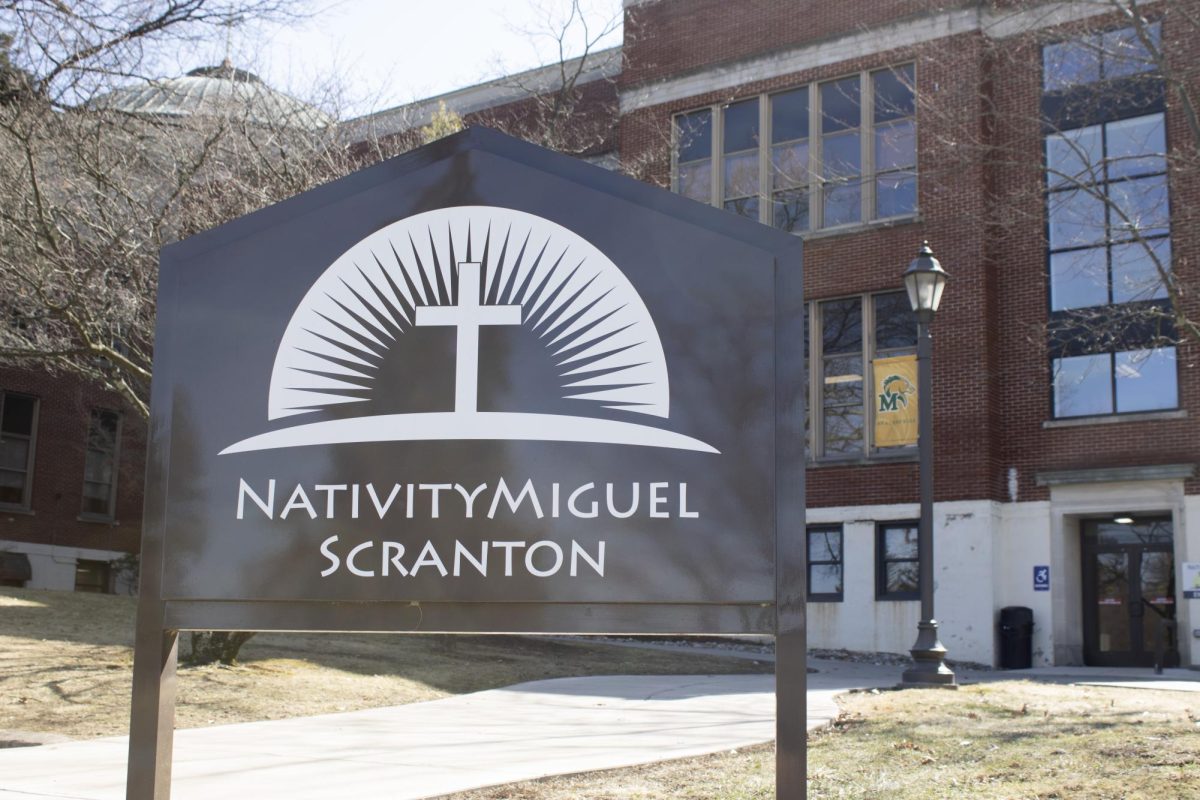Mental health issues are becoming more prevalent on college campuses.
According to the National Alliance on Mental Illnesses, more than 11 percent of college students have been diagnosed or treated for anxiety in the past year, and more than 10 percent have been diagnosed or treated for depression.
According to the U.S. department of education, between the years 2000 and 2010, college enrollment has increased 37 percent. As enrollment increases in colleges across the country, an increased risk of distressed behavior is a concern.
In response to such concerns regarding students well-being, colleges across the nation, including Marywood University, have begun Behavioral Intervention Teams. These teams help prevent occurrences such as anxiety, depression, academic concerns, and a number of other disruptive behaviors affecting a students well being.
The mission of The Behavioral Intervention Team (BIT) is to provide a caring program of identification, intervention and response while balancing the needs of the individual with those of the community.
BIT is made up of representatives from numerous offices throughout Marywood’s campus. The departments involved are: Housing and Residence Life, Student Health Services, Campus Safety, Retention and Advising, Student Development Center, Student Support Services, and the Dean of Students.
Each department plays a role in helping to resolve a number of different concerns from illness and emergency, to emotional and academic affecting behaviors. One of the goals of the BIT is to help faculty and students identify and properly resolve any number of scenarios by contacting the correct department responsible for handling such circumstances.
This method of responding to the need of students is part of BIT’s “Response 101,” which consists of a three part method illustrated on an Urgent Contact Guide given to faculty by the Dean of Students. Part one is “React” and involves identifying threats or disruptions in and outside of the classroom.
Part two is “Refer” and deals with connecting students or faculty to the right resource to resolve the problems.
Part three is “Report” and consists of referring the student and his/her identified behavior or concern to the Dean of Students.
Response 101 deals with a number of scenarios. For example, if a student or faculty were to observe a student experiencing academic concerns, they are implored to first help resolve the matter, if possible.
If the issue seems more serious than pulling the troubled student aside, contacting the Academic Progress Office to properly determine the correct course of action would be the best solution, followed by informing the Dean of Students soon after.
Other information on the Urgent Contact Guide include resource numbers, behavior identifiers, common questions, and checklists to quickly and effectively handle any number of situations.
Though BIT is primarily a resource for student aid, there are also resources set aside when dealing with the troubled behavior of faculty.
“Our health insurance and our life insurance plans have resources that employees can tap into- an Employee Assistance Program (EAP) for example,” said Dr. Patricia Dunleavy, director of Human Resources.
The EAP is a benefits program offered to help employees dealing with problems that may impair their work performance and health.
BIT also belongs to the National Behavioral Intervention Team Association, or NaBITA, a membership organization dedicated to the support of behavioral intervention at schools and on campus. NaBITA offers members resources, support, networking, and education in problem solving and safety.
With BIT offering students resolutions to a number of problems, students see the value of the resources offered.
“It’s good that they have it (BIT program), but I think this should be a standard thing, not a special program. This should be one of the base requirements any college should offer,” Sean Kearns, freshman architecture major, said.
For more information on BIT or NaBita visit http://www.marywood.edu/










